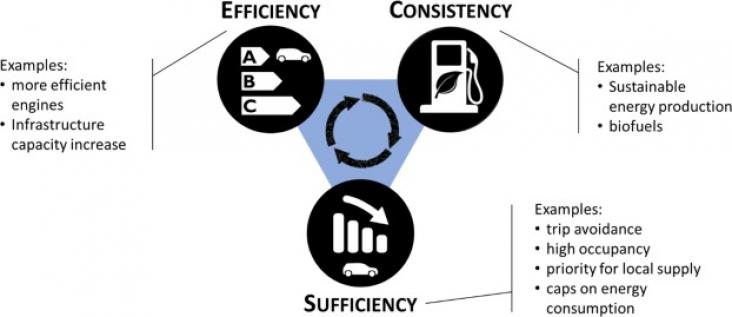Taking the devastating 2019–2020 Australian bushfires as a starting point, and how it attracted significant activity on social media, both in Australia and worldwide, this research uses corpus-based discourse analysis to explore the impact of this significant environmental crisis event on climate discussions on Australian Twitter, with a focus on discursive struggle and (de-)legitimation.
A research paper by Hannam 2022 underlines the complexities of soil and land degradation and the pursuit of Land Degradation Neutrality (LDN), emphasizing its integration into global policy frameworks like the United Nations' Sustainable Development Goal 15 and the Convention to Combat Desertification. It argues for essential reforms in soil governance, advocating for inclusive participation, legislative provisions, and practical guidance to ensure progress towards LDN targets while maintaining soil and ecosystem functions.
An Article in support of SDGs 3, 7, and 13, showing that adopting strict climate policies (the 1·5°C and 2°C targets) and strengthening clean-air policies could achieve major improvements in air quality and substantially reduce the human health effects from air pollution in China.
Urban climate change agenda furthered by aligning adaptation plans with development goals. Near-term benefits delivered by aligning adaptation, mitigation and development. Synergistic adaptation-mitigation planning leads to inclusion of co-benefits and avoidance of trade-offs. Informal networks can enhance coordination required for co-benefit approaches.
Temperature and sea level rise threats to aquaculture were the main focus in science and the news. At least 10 countries linked current impacts on aquaculture to climate change. Global papers cited technology for adaption, while regional papers cited governance.
Background: Road-traffic injuries are a key cause of death and disability in low-income and middle-income countries, but the effect of city characteristics on road-traffic mortality is unknown in thes
Transportation is a basic social need, but most trips are done by private vehicles, which is not environmentally sustainable with growing urban populations.

Transport emissions play a large role in climate change. Unfortunately, measures to address this risk creating inequalities in access to mobility. This article proposes policy recommendations to reconcile these two problems.
Authors argue that 'we need a sustainability transformation of the digital transformation'. A long-term perspective is required to embed sustainability into the software engineering industry.
This paper examines a Native Hawaiian led effort to redress the removal of Indigenous Peoples from ancestral lands. This demonstration provides an important example of how biocultural strategies can achieve landscape restoration in Hawaiʻi. We outline how the Pu‘uwa‘awa‘a Community-Based Subsistence Forest Area is approaching common dryland restoration goals.
